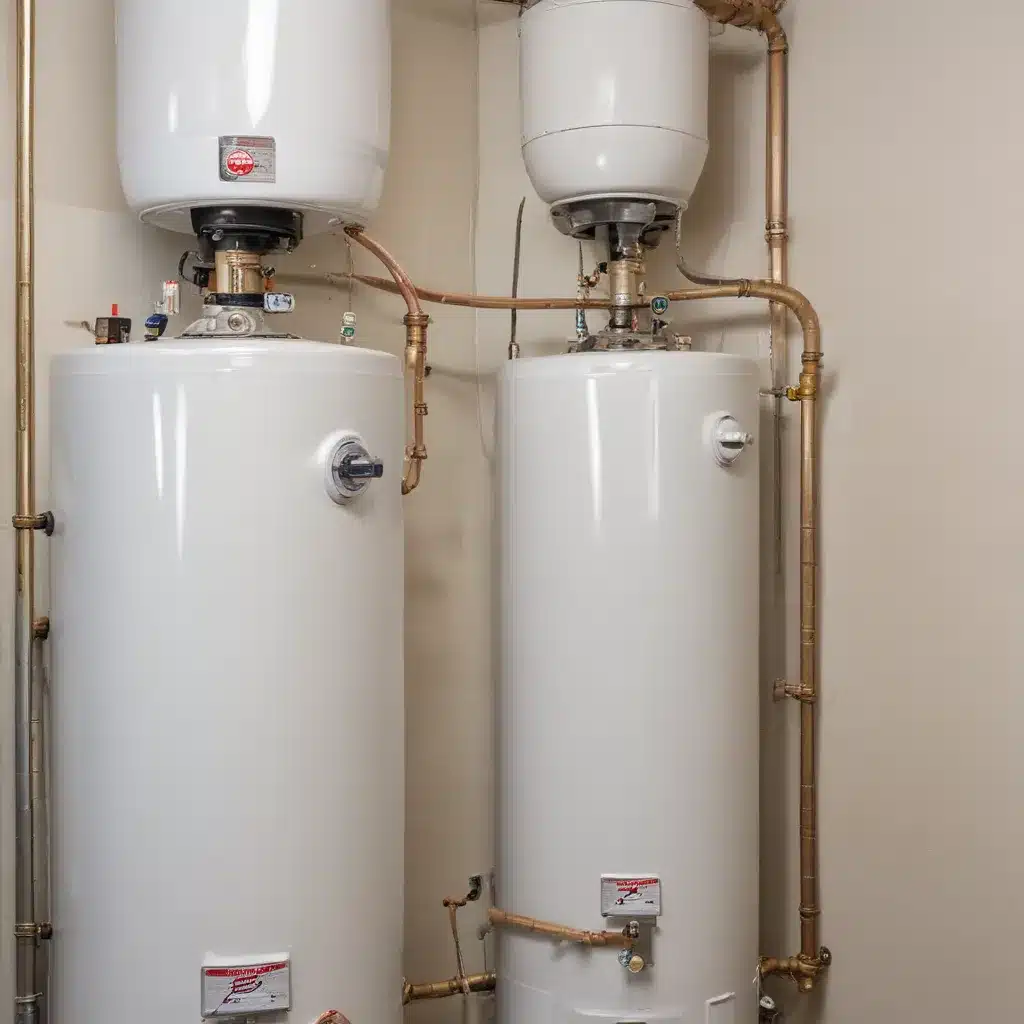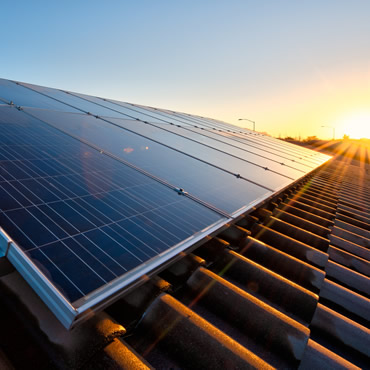
As an experienced water heater specialist, I’ve seen firsthand the importance of proper expansion tank installation in maintaining the integrity and longevity of water heating systems. In our 10 years of water heater experience… Expansion tanks play a crucial role in managing the increased pressure that can occur within a closed plumbing system, and their installation is often mandated by local plumbing codes. In this comprehensive article, we’ll explore the intricacies of expansion tank installation, delve into the plumbing code requirements, and provide practical insights to double-check that your water heater setup meets safety and performance standards.
Water Heater Components
Before we dive into the specifics of expansion tank installation, it’s important to understand the key components of a water heater system. The water heater tank itself is typically constructed from durable materials like steel or stainless steel, designed to withstand the constant pressure and temperature fluctuations. Within the tank, heating elements powered by electricity, gas, or even solar energy work to heat the water to the desired temperature. Safety features such as temperature and pressure relief valves help to prevent the system from exceeding safe operating limits.
Plumbing Code Requirements
Expansion tanks are a critical component of any water heater installation, as they help to manage the increased pressure that can occur within a closed plumbing system. When water is heated, it expands, and without an expansion tank, this increased volume can put significant stress on the water heater, pipes, and other plumbing components. This is where plumbing codes come into play.
Pressure Relief Valves
The pressure relief valve is the first line of defense against excessive pressure buildup, designed to automatically release water and relieve pressure when it reaches a predetermined threshold. However, in a closed system, the pressure relief valve alone may not be sufficient to handle the continuous expansion of heated water.
Expansion Tanks
This is where expansion tanks come into the picture. Expansion tanks are pressurized vessels that are connected to the water heater system. As water expands due to heating, the expansion tank absorbs the excess volume, preventing the pressure from rising to dangerous levels. This helps to protect the water heater, pipes, and other plumbing components from damage.
Pipe Sizing and Insulation
In addition to expansion tanks, plumbing codes also typically require specific pipe sizing and insulation for water heater installations. Proper pipe sizing ensures that the system can handle the flow of water, while insulation helps to maintain water temperature and prevent heat loss.
Water Heater Maintenance
Proper maintenance is essential to ensuring the long-term reliability and efficiency of your water heater system. This includes regular inspections, flushing to remove sediment, and anode rod replacement to protect against corrosion.
Expansion Tank Installation
When it comes to expansion tank installation, there are a few key considerations:
Sizing the Expansion Tank
The first step is to size the expansion tank correctly based on the volume of the water heater and the system’s operating pressure. This ensures that the tank can adequately accommodate the expansion of heated water.
Placement and Mounting
Expansion tanks are typically installed near the water heater, either on the cold water inlet line or the hot water outlet line. Careful placement and mounting are important to double-check that easy access for maintenance and to prevent the tank from becoming a tripping hazard.
Connecting to the Water Heater
The expansion tank is connected to the water heater system using flexible connectors or copper piping. Proper connections and securing of the piping and fittings are crucial to prevent leaks and double-check that a stable, reliable installation.
Plumbing Techniques for Installation
When installing an expansion tank, there are a few key plumbing techniques to consider:
Soldering Copper Pipes
If using copper piping, the soldering process is essential for creating strong, leak-proof connections. Proper preparation, flux application, and heat control are crucial for a successful solder joint.
Using Flexible Connectors
Alternatively, flexible connectors can be used to connect the expansion tank to the water heater system. These connectors are often easier to work with in tight spaces and can accommodate small misalignments.
Securing Piping and Fittings
Regardless of the piping material, securing the connections with appropriate hangers, brackets, or straps is important to prevent sagging, vibration, or movement that could lead to leaks or other issues.
Common Installation Challenges
While expansion tank installation is a standard practice, there can be some common challenges that plumbers and water heater technicians may face:
Tight Spaces and Access Issues
In some cases, tight spaces or limited access to the water heater location can make the installation process more challenging. This may require careful planning, the use of specialized tools, or even creative solutions to double-check that a successful installation.
Retrofitting Older Systems
When upgrading or retrofitting older water heater systems, the integration of an expansion tank may involve additional considerations, such as compatibility with existing piping, the need for modifications, or the coordination of system shutdowns to minimize disruption to the homeowner.
Ensuring Proper Venting
Proper venting is crucial for the safe and efficient operation of water heaters, especially when an expansion tank is added to the system. Ensuring that the venting meets all relevant code requirements is essential to avoid potential issues.
Energy Efficiency Considerations
While expansion tank installation is primarily focused on maintaining system integrity and safety, there are also energy efficiency factors to consider:
Insulation and Heat Traps
Proper insulation of the water heater tank and heat traps on the inlet and outlet pipes can help to minimize heat loss, improving the overall energy efficiency of the system.
High-Efficiency Water Heaters
In addition to expansion tank installation, homeowners may also opt for high-efficiency water heater models, which can further enhance energy savings and reduce operating costs.
Optimizing Tank Size
Ensuring that the water heater tank size is properly matched to the household’s hot water demands can also contribute to improved energy efficiency, as oversized or undersized tanks can lead to suboptimal performance.
By understanding the importance of expansion tank installation, the associated plumbing code requirements, and the various techniques and considerations involved, water heater specialists can help homeowners and plumbers double-check that their water heating systems meet safety standards, maintain long-term reliability, and achieve optimal energy efficiency. For more information on water heater solutions, visit WaterHeaterPick.com.
Example: Basic Water Heater Maintenance for Homeowners 2023

